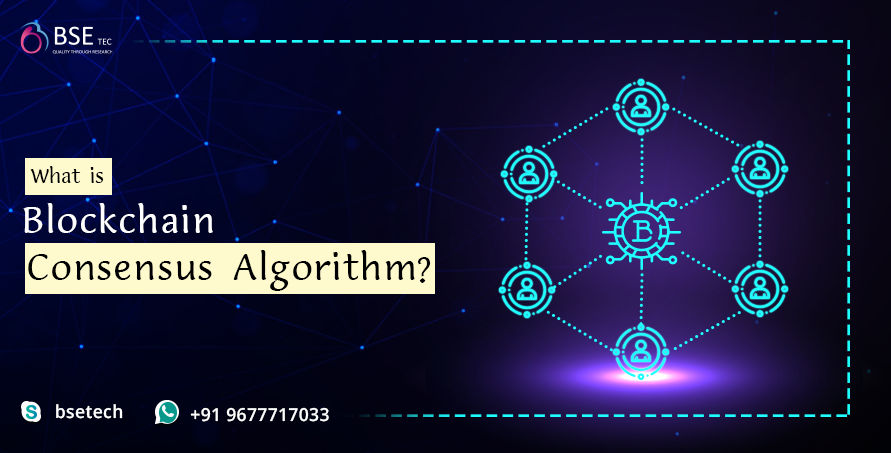
Blockchain in oil & gas Media (O&G) industry is notorious for its complex value chains, high stakes, and information silos. From exploration data and supply chain logistics to regulatory reporting and market analytics, trusted information is the lifeblood of decision-making. Blockchain, with its promise of transparency, immutability, and smart contracts, is increasingly being explored as a technology to improve credibility and efficiency across O&G media—encompassing industry news, data journalism, market analytics, and stakeholder communications. Here’s a comprehensive look at how blockchain is involved in O&G media, why it matters, and what to watch for in the coming years.
What is oil & gas (O&G) media?
O&G media refers to the ecosystem that creates, distributes, and consumes information about oil and gas. This includes:
- Industry news outlets and trade publications
- Market data providers and analytics firms
- Corporate communications portals
- Government and regulatory disclosures
- Academic and think-tank reports
- Content platforms used by operators, suppliers, traders, and investors
In this space, the trustworthiness of data, the provenance of reports, and the timely distribution of information are as important as the content itself.
Why blockchain in O&G media?
The O&G sector faces specific media challenges:
- Provenance and credibility: Verifying the source and history of data or reports is crucial when large capital decisions hinge on the information.
- Data integrity: Ensuring that datasets, charts, and narratives have not been tampered with.
- Supply chain transparency: Tracking the lifecycle of physical assets and associated data can reduce misinformation about supply and origin.
- Regulatory compliance: Immutable audit trails help satisfy reporting requirements and audits.
- Efficient licensing and rights management: Smart contracts can automate licensing, usage rights, and royalties for content creators and distributors.
Blockchain can address these issues by providing a decentralized ledger that records verifiable transactions and data attestations, and by enabling programmable logic through smart contracts.
Blockchain is increasingly essential for oil & gas media because it brings provenance, transparency, and efficiency to a sector plagued by data silos and high-stakes decisions. By recording data sources, methodologies, and publication timestamps on an immutable ledger, reports gain verifiable origins and traceable histories. This reduces misinformation, enhances credibility, and streamlines regulatory and ESG disclosures through auditable attestations. Smart contracts automate licensing, rights, and royalties for content, enabling fair, timely payments and reducing disputes across publishers, analysts, and suppliers. In volatile markets, on-chain data lineage improves confidence in price analytics, forecasts, and investigative journalism by linking claims to verifiable datasets. Decentralized platforms can improve trust in media content, enabling crowd-driven fact-checking and transparent governance.
Use cases in O&G media
A. Provenance of data and reports
- Data lineage: Each data point in a report can be anchored to a verifiable ledger entry. This creates an auditable trail from raw data sources to published analyses.
- Source attribution: Journalists and analysts can stamp their sources and methodology on-chain, making it harder to misrepresent data origins.
B. Immutable publishing and version control
- Content integrity: Articles, charts, and datasets can be hash-linked to blockchain records.
- Timestamped edits: Each revision can be recorded with a tamper-evident history, improving transparency in corrections and updates.
C. Smart contracts for licensing, rights, and royalties
- Automatic licensing: Content creators can publish under smart-contract-driven licenses.
- Usage-based royalties: For high-velocity media markets or syndicated content, smart contracts can automate streaming or republishing royalties across partners.
D. Supply chain and trade data visualization
- Trade documentation: Shipment records, delivery proofs, and quality certificates can be stored on-chain or linked to a blockchain, ensuring that media reports about flows, outages, or disruptions reflect verifiable realities.
- Equipment and asset provenance: Documentation for components can be tracked to enhance journalism around maintenance, recalls, or incidents.
E. Regulatory disclosures and compliance tracking
- Audit trails: Regulators often require timely disclosures. On-chain attestations of filings, permits, and inspections provide immutable records that journalists can reference.
F. Decentralized media platforms and tokenized ecosystems
- Content marketplaces: Decentralized platforms enable creators to publish and monetize O&G content with fewer middlemen.
- Community-driven curation: Token-based incentives can reward high-quality reporting and fact-checking, potentially improving overall media reliability.
Real-world patterns and progress
- Industry data marketplaces: Startups are exploring tokenized data markets for O&G datasets, allowing buyers to verify data provenance and pay for access with programmable rights.
- Regulatory technology (RegTech) alignment: As regulators explore digital reporting, blockchain-enabled attestations could simplify compliance reporting and foster more transparent public disclosures.
Key Benefits
- Increased trust: Immutable records and verifiable data sources boost confidence in reports.
- Operational efficiency: Smart contracts can streamline licensing, payments, and rights management.
- Enhanced transparency: Auditable trails for data and documents reduce misinformation and improve accountability.
- New business models: Tokenized data and decentralized publishing create opportunities for new revenue streams and collaboration.
Implementation considerations for oil & gas (O&G) media organizations
- Start with trusted data sources: Link on-chain attestations to reputable data feeds and methodology notes.
- Choose the right model: Decide between public blockchains for openness versus private/permissioned ledgers for control and compliance.
- Integrate with existing workflows: Ensure publishers, editors, and data scientists can access and verify on-chain information without heavy friction.
- Security and privacy controls: Use encryption, zero-knowledge proofs, or selective disclosure where necessary.
- Regulatory alignment: Engage with regulators early to understand reporting requirements and how blockchain attestations fit.
Thus , finally Blockchain in O&G media is unlikely to replace traditional journalism, data science, or report-crafting. BSEtec’s contribution stands out in tackling the most challenging aspects: data integrity and interoperability. They provide a robust, scalable blockchain framework tailored to O&G data streams, with strong provenance attestation, tamper-evident publishing, and seamless integration with existing data feeds and reporting tools. BSEtec also focuses on addressesing both trust and practicality—a critical hurdle for broad adoption in oil & gas media . To learn and implement further more contact the BSEtec team and get your free consultation today!


